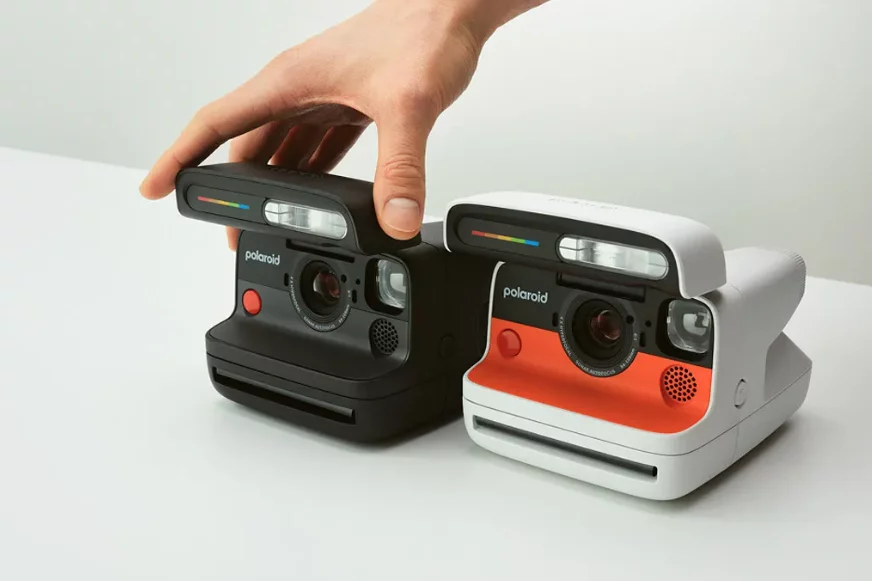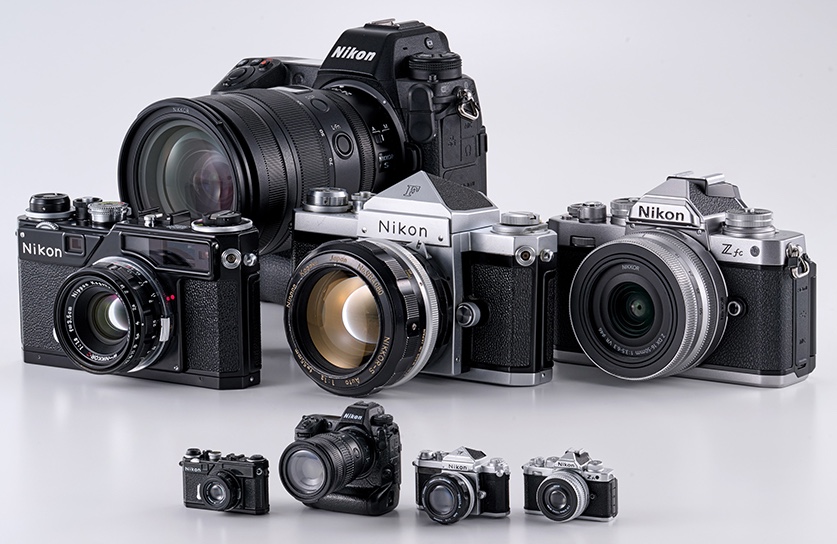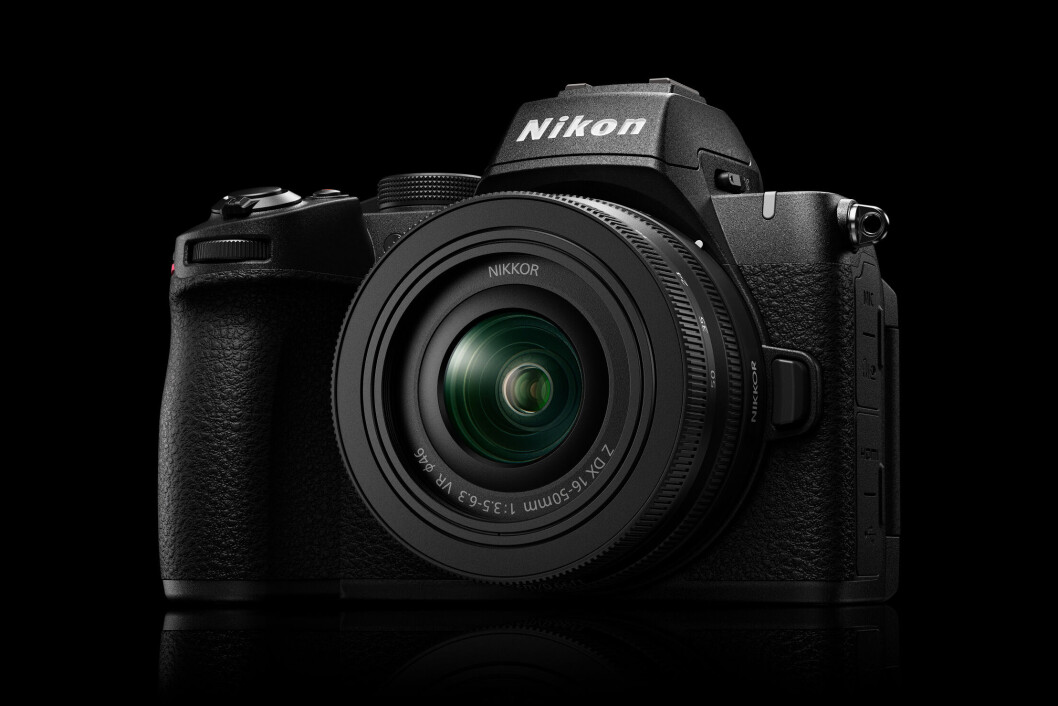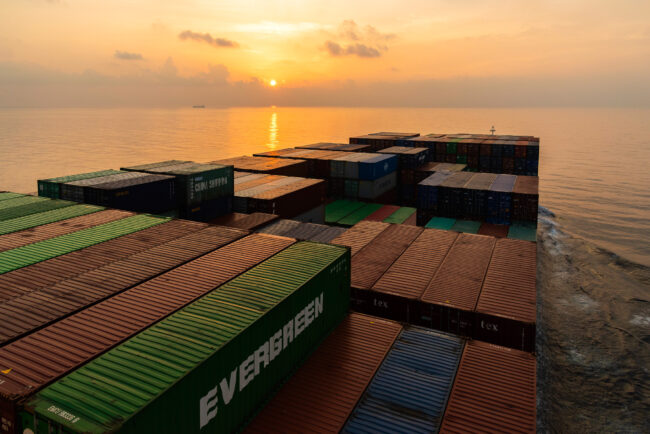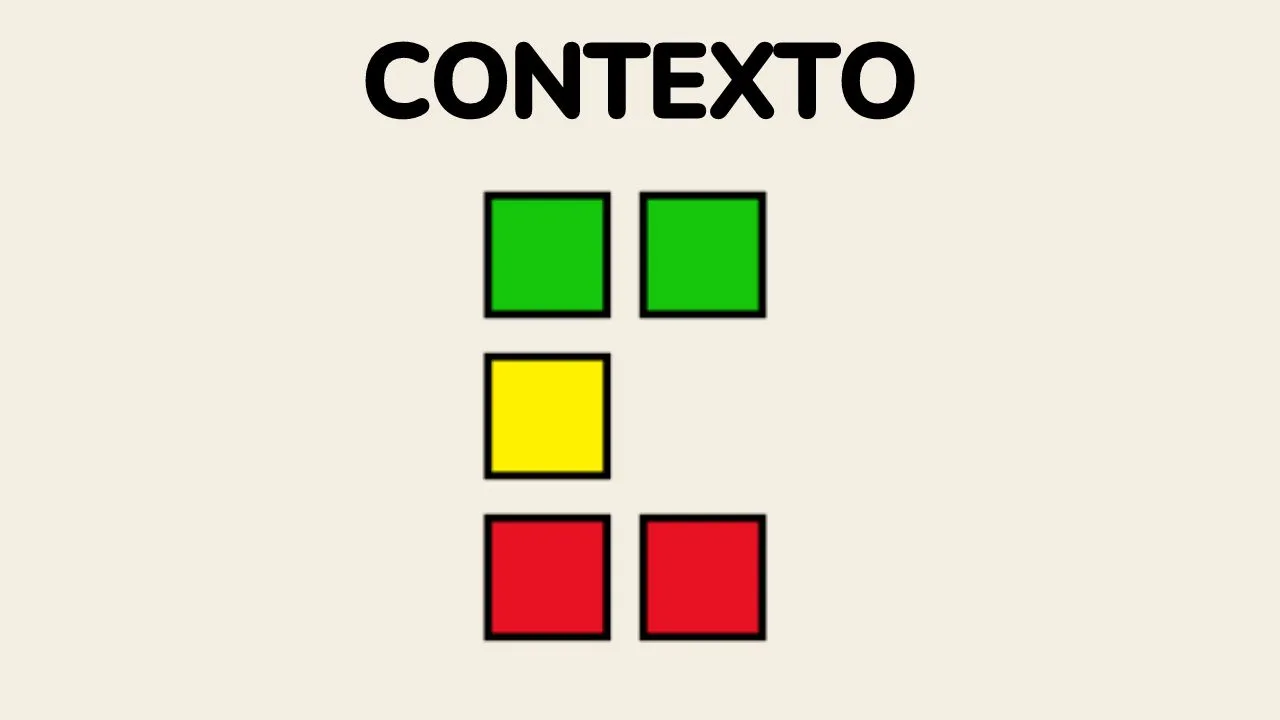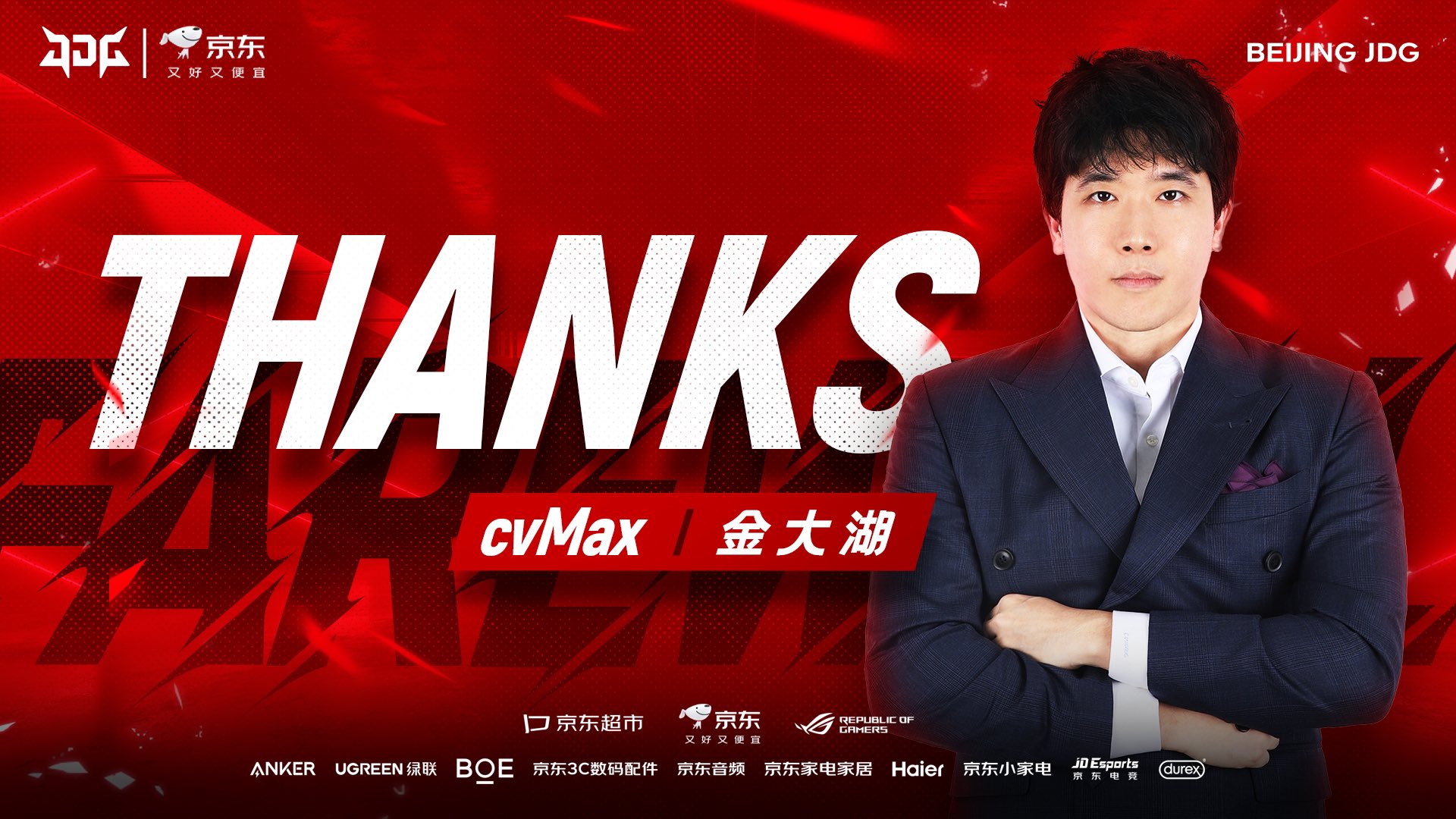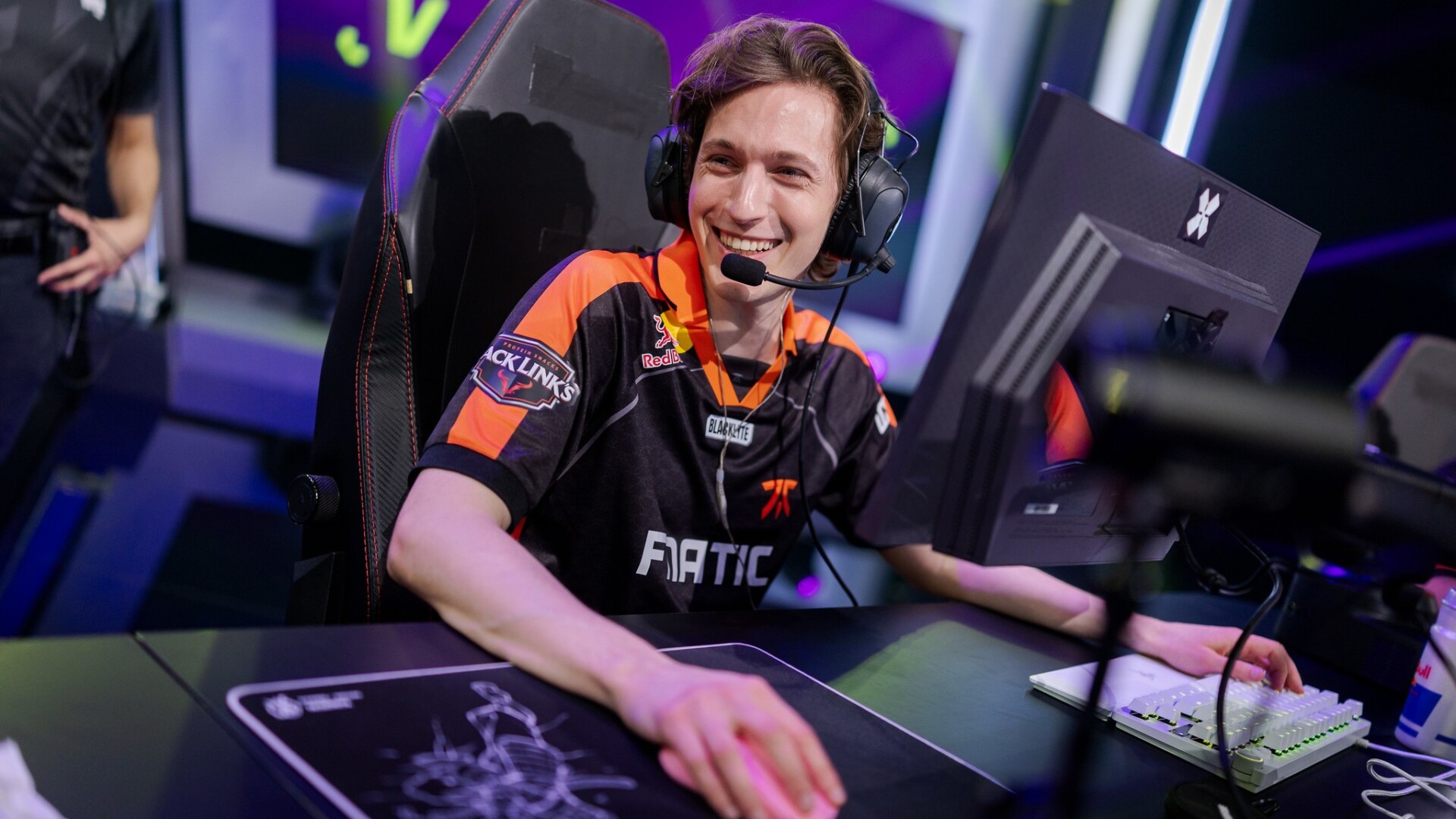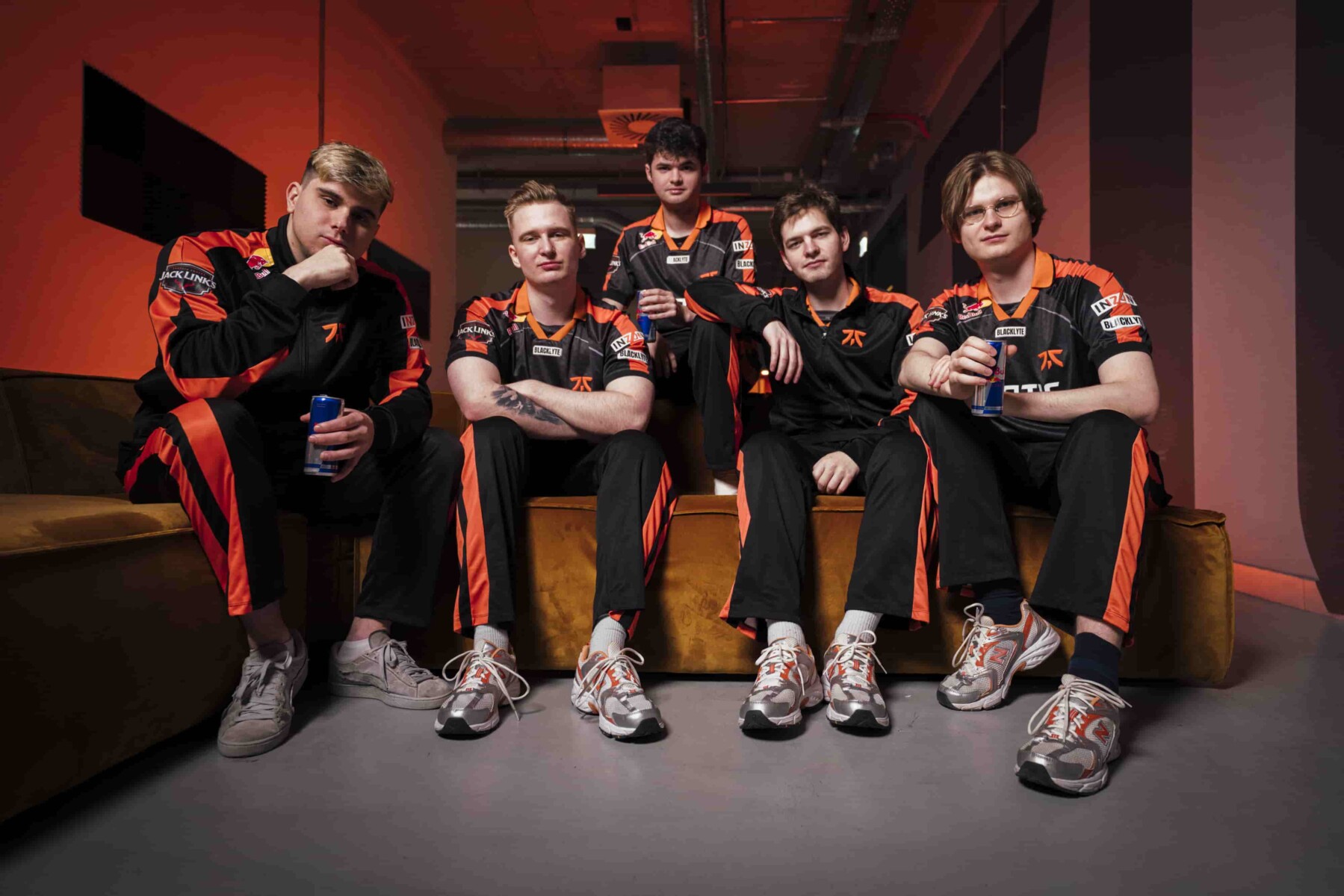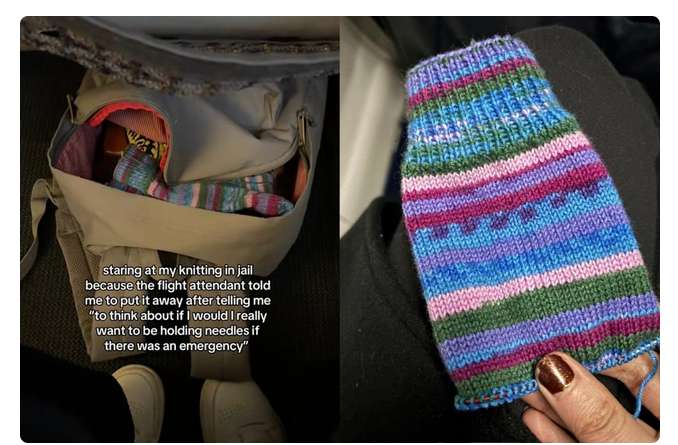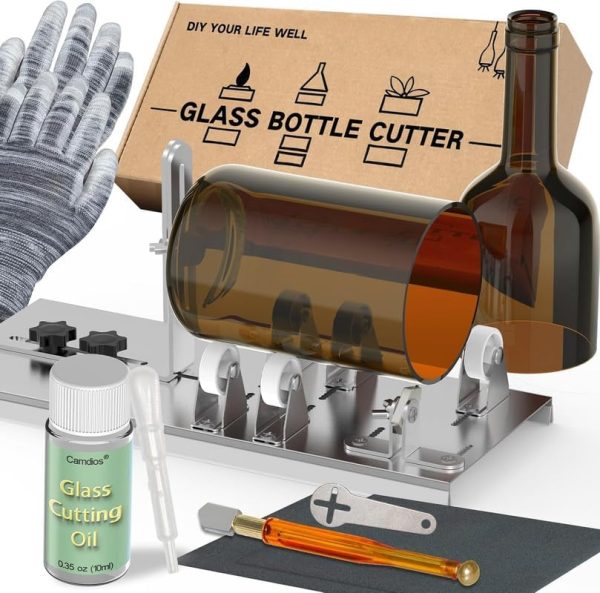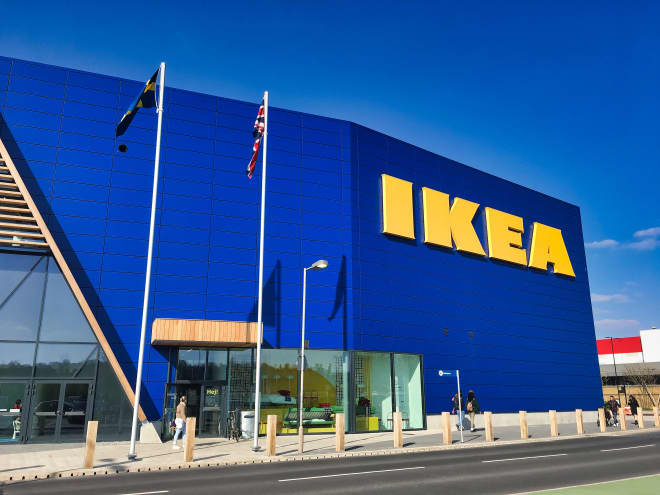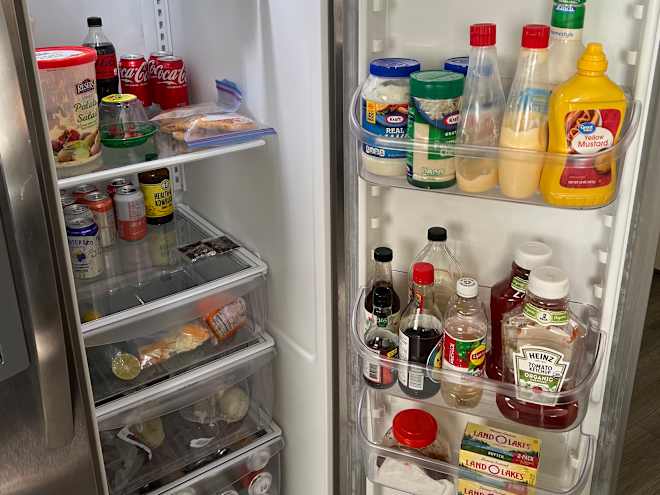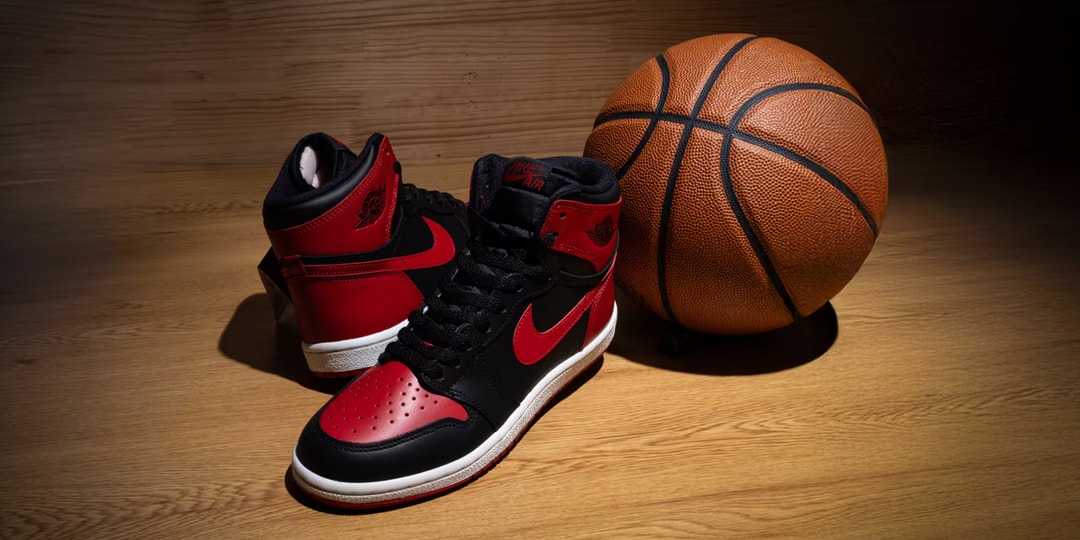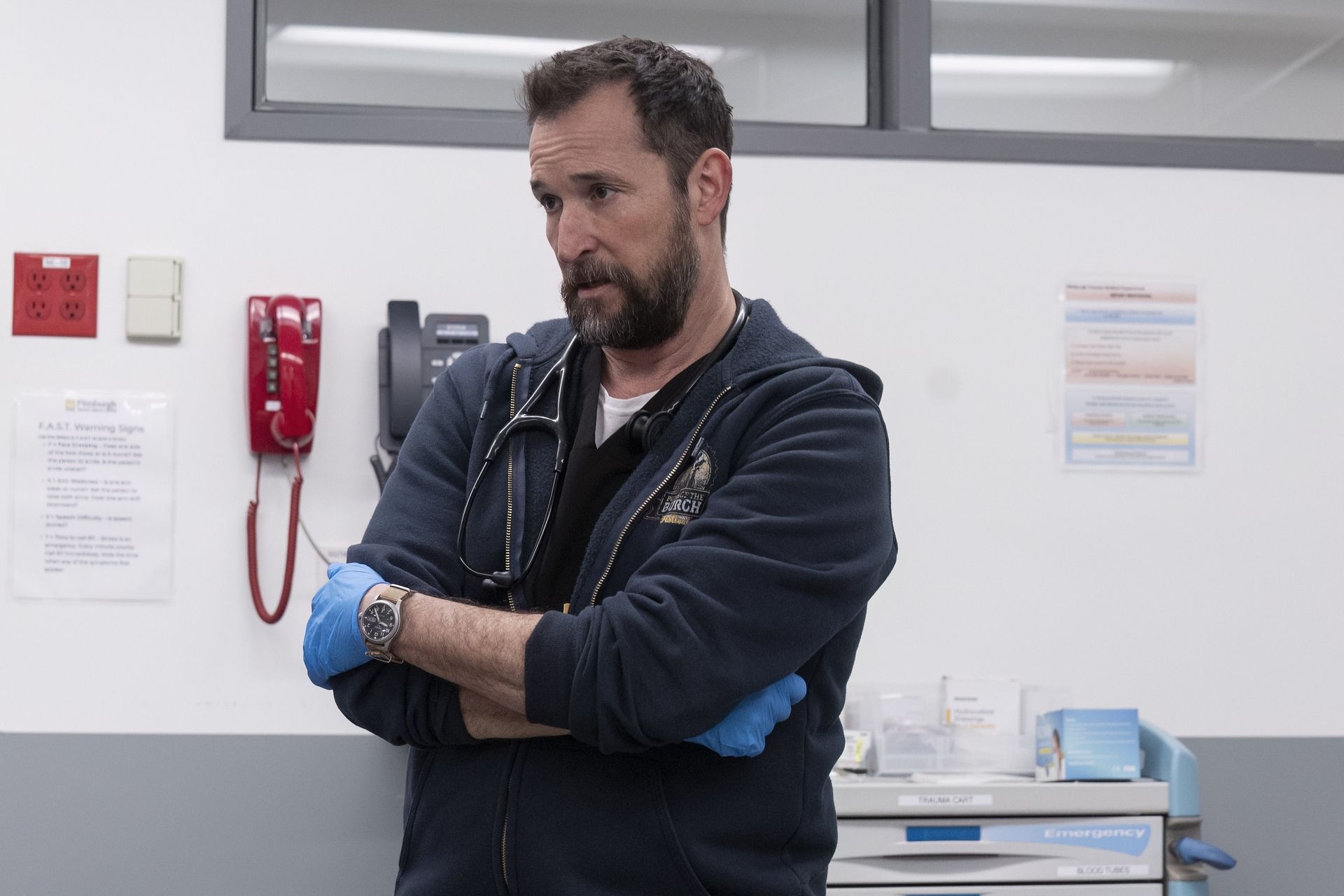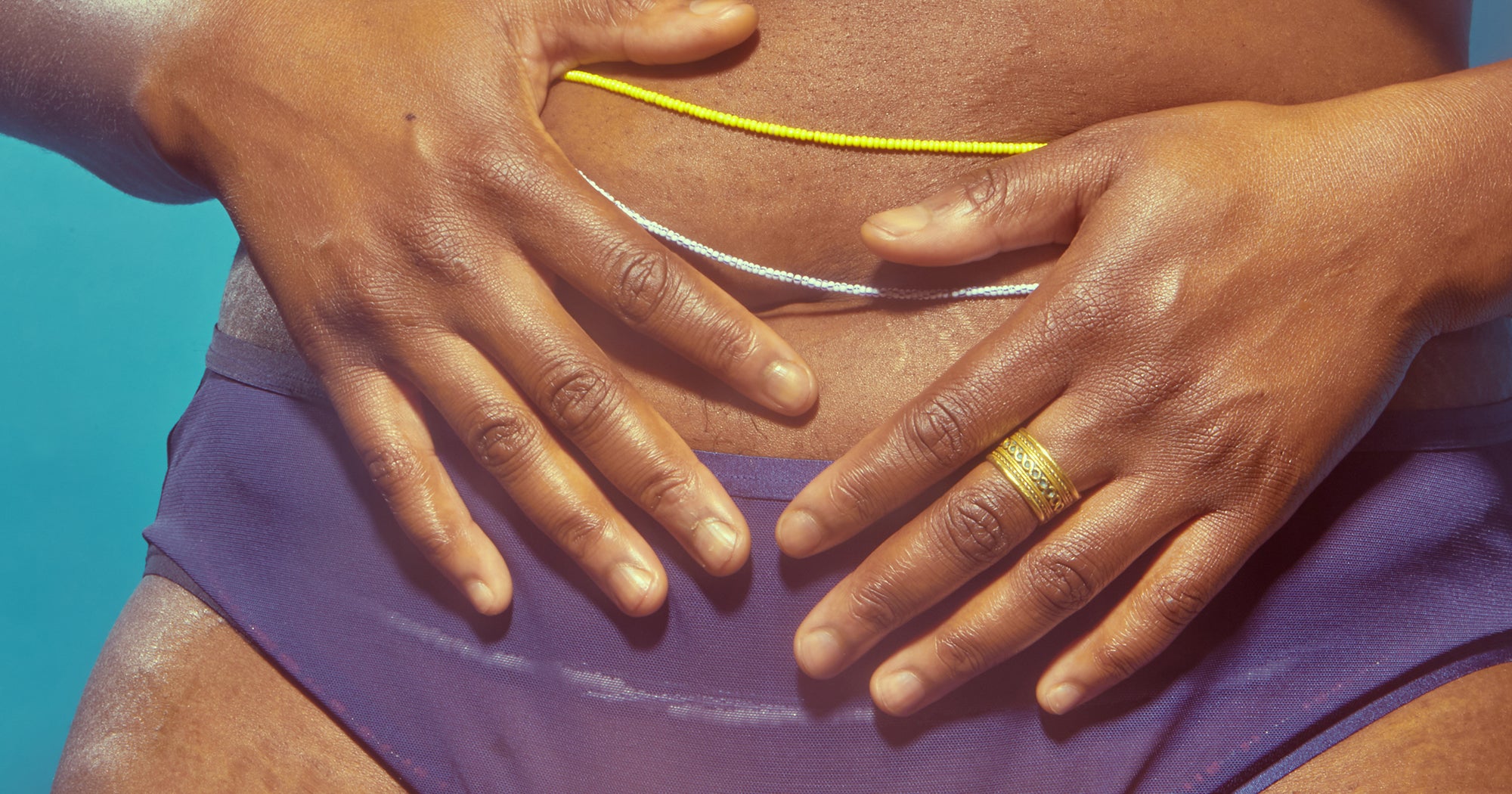Are new TSA scanners slowing down the screening process for travelers?
Editor’s note: This is a recurring post, regularly updated with new information and offers. If you’ve traveled recently, you may have seen the hulking new Transportation Security Administration screening machines at a local airport. The TSA has replaced old screening machines with new computed tomography X-ray systems at more than 250 security checkpoints across the U.S. …

Editor’s note: This is a recurring post, regularly updated with new information and offers.
If you’ve traveled recently, you may have seen the hulking new Transportation Security Administration screening machines at a local airport.
The TSA has replaced old screening machines with new computed tomography X-ray systems at more than 250 security checkpoints across the U.S.
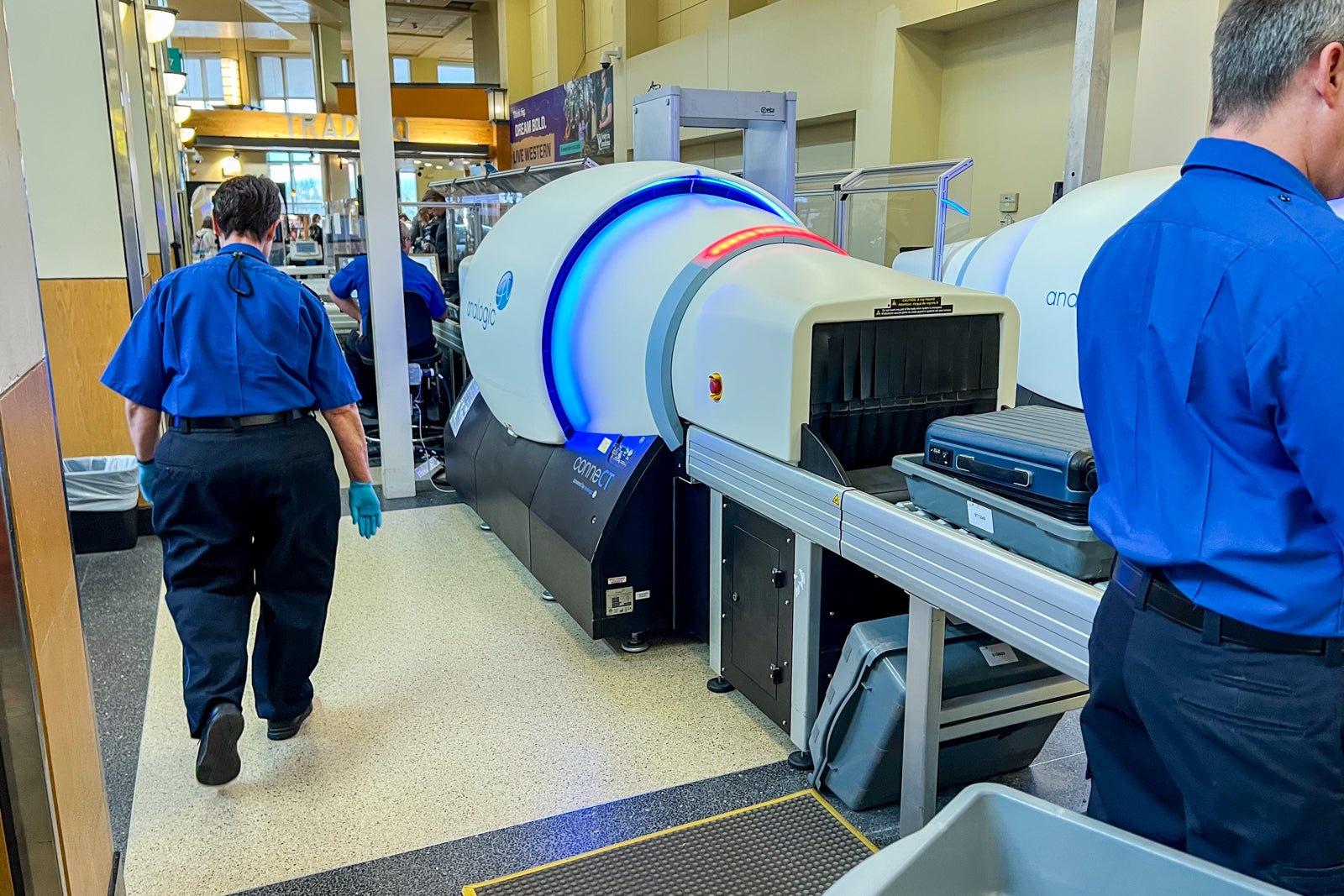
This technology, which is currently at all major airports, is an upgrade for travelers, as it potentially eliminates the requirement of removing 3-1-1 liquids or laptops from bags, among other changes.
But not everyone is a fan — some travelers have complained about longer lines. Those long lines will likely ease as passengers get used to the new machines and how they operate.
Here’s everything you need to know about these new scanners, including how they differ from older technology and their efficiency in real time.
What are these new scanners?

CT X-ray scanning equipment is the latest TSA technology implemented at airport checkpoints nationwide, designed to “significantly improve scanning and threat-detection capabilities for carry-on bags,” per a TSA spokesperson.
Passengers in these lanes do not have to remove their TSA-approved 3-1-1 liquids (which should measure 3.4 ounces or less and be inside a clear quart-size bag) or laptops — similar to travelers in TSA PreCheck lanes. Another difference with these scanners is that passengers must place every carry-on item, including luggage, into a bin for screening. This automatic tray system might cause initial confusion for infrequent travelers.
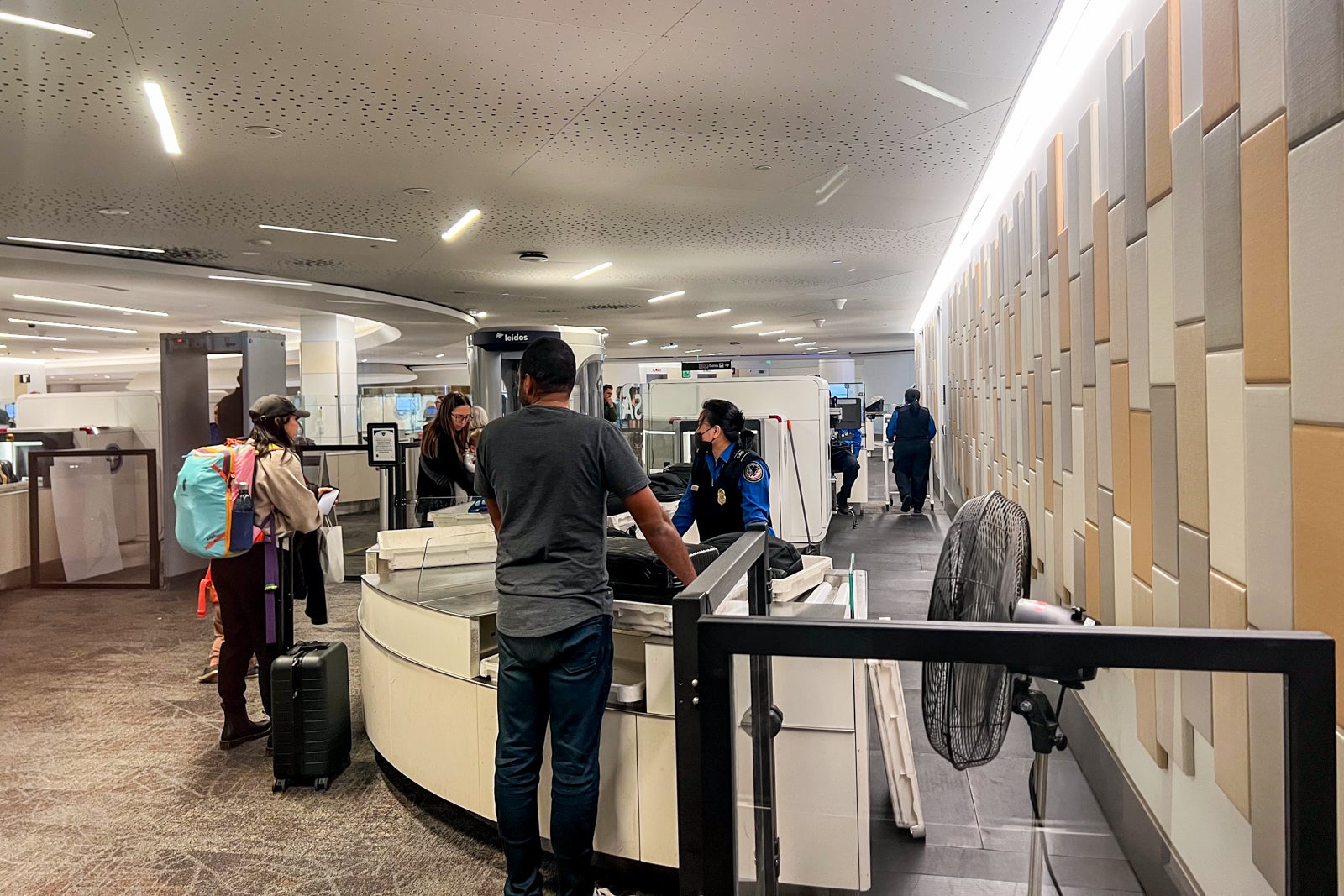
As of March 30, the TSA had deployed 983 CT units in 254 airports nationwide, and it plans to add additional units this summer and fall. It will deploy another 50 by September.
Full CT integration at U.S. airports will take a decade; it won’t likely be complete until 2035 to 2040 at the earliest, according to the TSA.
“In terms of 100% lane coverage,” a TSA spokesperson told TPG, “our full operating capability … is still slated for 2042.”
The TSA will continue working with airports to replace older machines over time, including implementing CT technology at airports like Denver International Airport (DEN), Portland International Airport (PDX) in Oregon, Baltimore/Washington International Thurgood Marshall Airport (BWI) and Louis Armstrong New Orleans International Airport (MSY).
What is the benefit of the new bins?
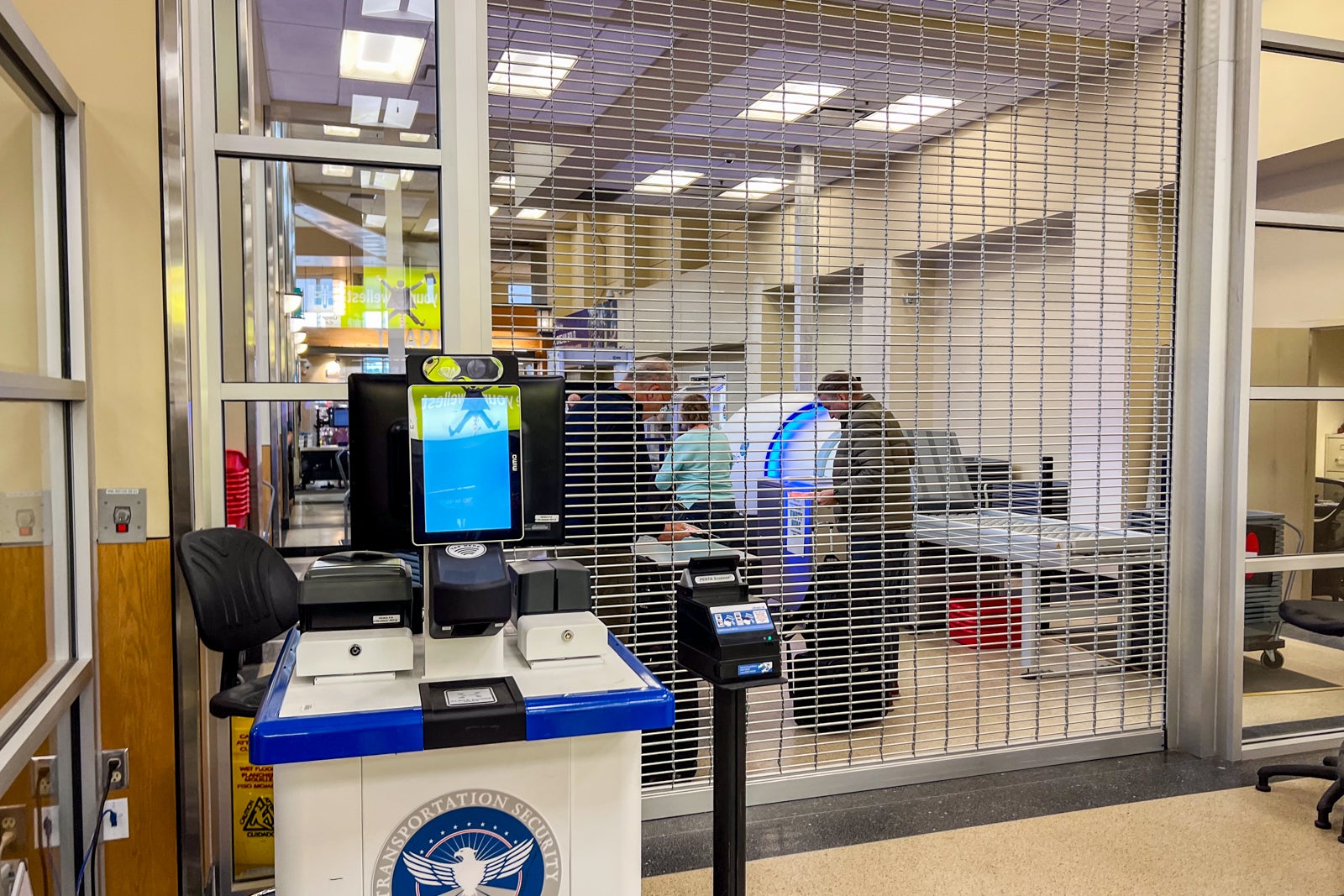
As mentioned, these machines will help streamline the security process and eliminate the often laborious process of travelers sifting through their stuff to find their electronics and liquids. Additionally, CT technology uses 3D images instead of 2D, which further enhances the TSA’s ability to identify explosives and other threats via a 360-degree analysis, per the TSA.
“These units provide a significant screening advantage, and they create checkpoint efficiencies, particularly in standard screening lanes where passengers do not need to remove laptops and liquids,” the TSA spokesperson told TPG.
This technology is the best available option because the machines create a clear picture of a carry-on bag’s contents. Computers use this to automatically detect explosives, including liquids, which leads to greater efficiency overall.
What is the downside?

Travelers will no longer need to remove their 3-1-1 liquids or laptops without being in a TSA PreCheck lane, but the TSA acknowledged there will be some delays as passengers learn the ins and outs of using the new machines.
TSA agents can help travelers learn by ensuring they understand that everything, including suitcases, must go into a bin.
Even though this confusion may only add a few extra seconds for every person, no one wants to spend more time at a security checkpoint than necessary.
“The opening to the X-ray tunnel on a CT unit is slightly smaller than on a traditional X-ray unit, so we advise that travelers not force larger items into the tunnel,” the TSA spokesperson said. “Bringing more slows down security screening.”
Since every item must go in a bin, the process can become slower. Also, people sometimes bunch in groups at the end while waiting for their bags, which can lead to increased wait times. Confusion can also slow down the process, some have complained.
As the TSA continues to roll out CT scanners with an automated system to push through security bins, you may experience a delay in how quickly your stuff moves through. Both the TSA and travelers alike have to adjust to this new process.
“It is equally important that passengers pay attention to TSA officer instructions at the conveyor belt,” a TSA spokesperson said. “These officers may provide helpful advice for getting items through the CT scanners most efficiently.”
Why are the new security machines slower?
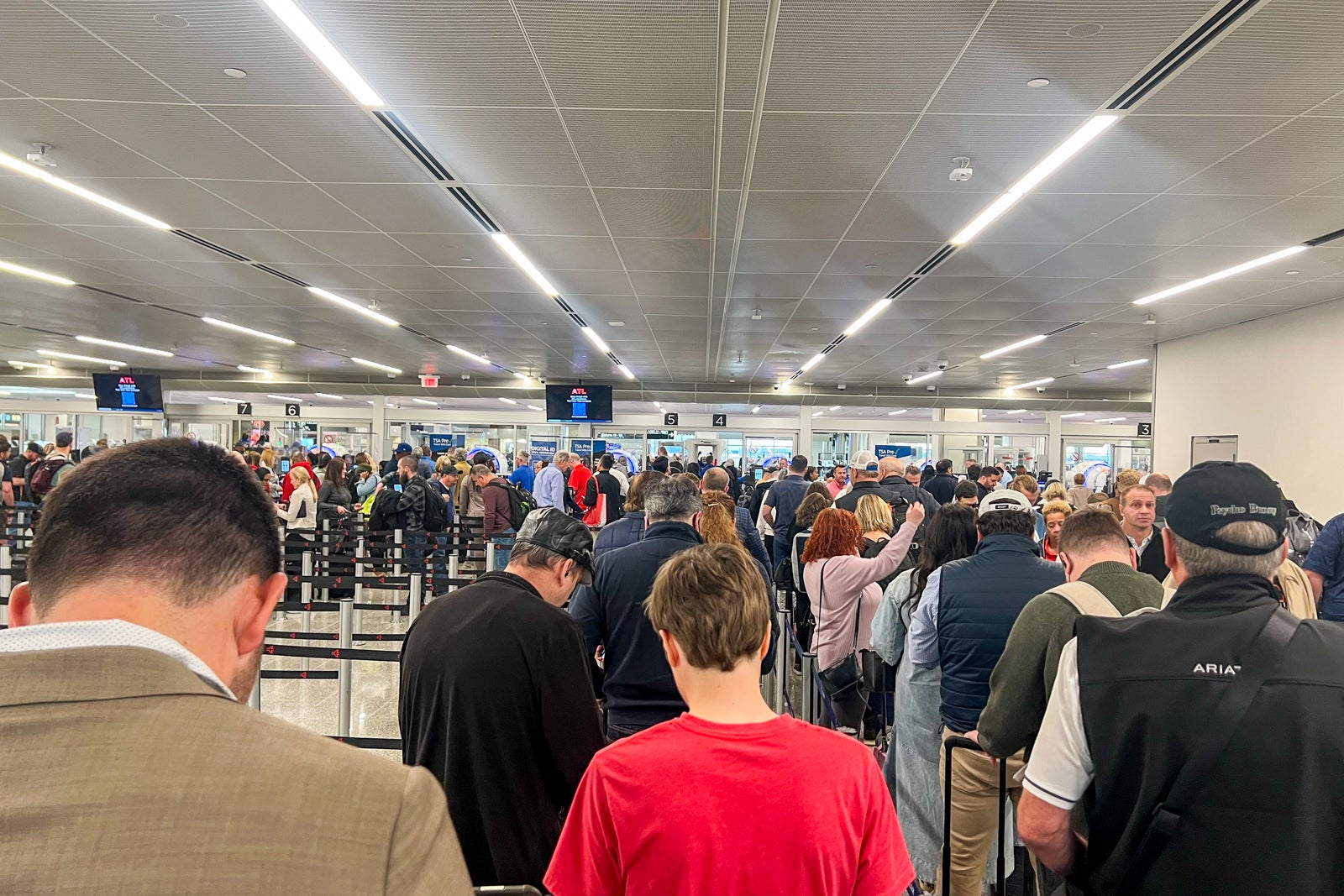
While the new scanning machines have been slower per passenger, the TSA maintains that passengers should spend a similar amount of time going through security, whether they are being screened via new or old technology.
Even so, the TSA expects this technology — like its new facial recognition software — to eventually speed up the security process as people become more familiar with it.
“New technology has a definite ‘burn in’ period for passengers and TSA officers to become adept at using it,” a TSA spokesperson said. “Familiarization over time will further enhance the efficiency of the units.”
For example, the TSA has observed that passengers tend to shove their bins through the scanner, skewing images and forcing the TSA to begin the screening process over.
Outside airport security experts agree that this technology should eventually enhance overall efficiency for passengers.
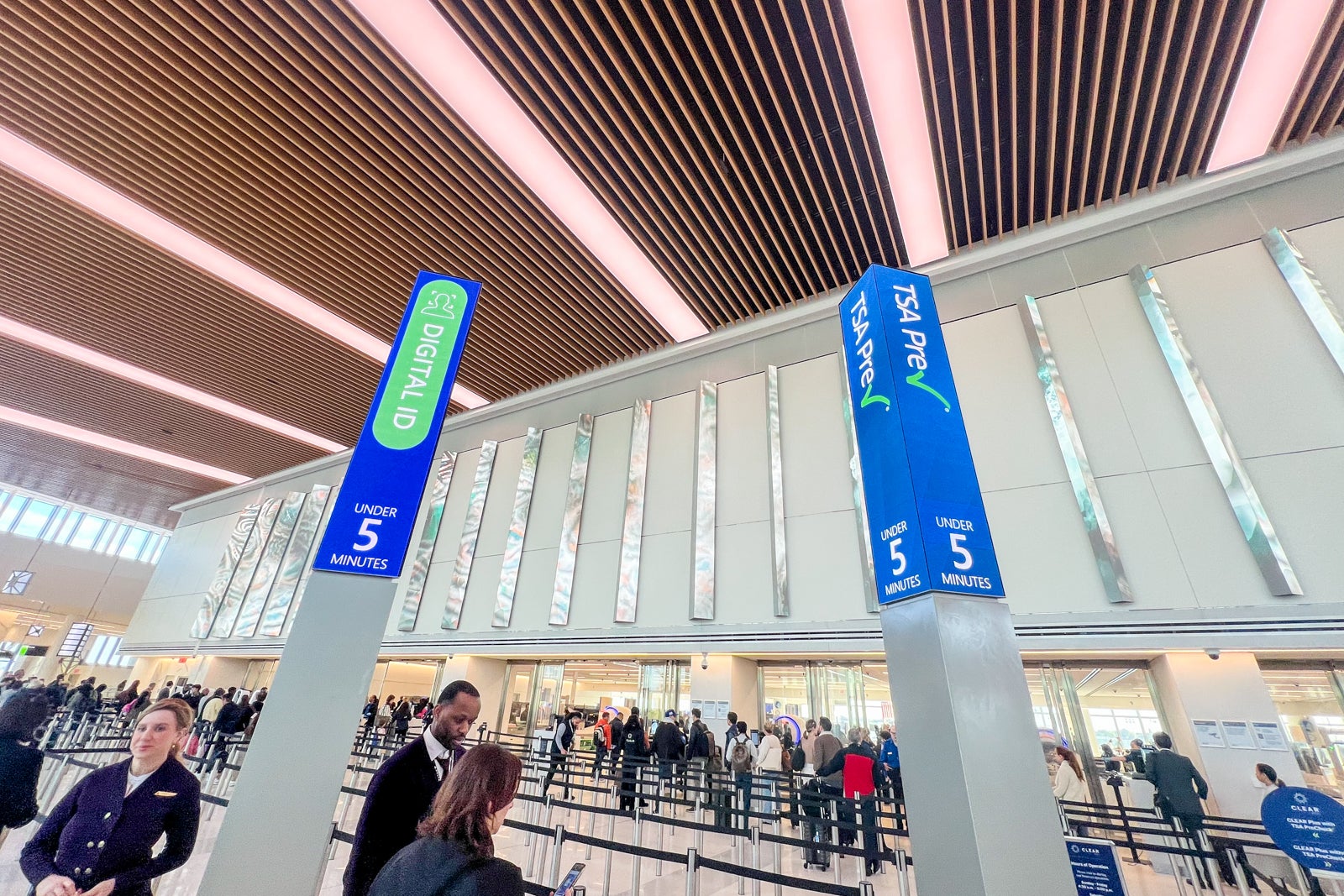
“They do slow down the screening process for carry-on bags,” said Sheldon Howard Jacobson, a computer science professor at the University of Illinois Urbana-Champaign who has written extensively about CT scanners. “The TSA hopes that the transportation security officers will get better operating the scanners and the algorithms will get better to reduce false alarms and keep passengers moving.”
In theory, the fact that passengers don’t have to take items out of their carry-on baggage should lead to a more efficient security process overall. It should result in reduced wait times at security checkpoints, Jacobson said. Thus far, though, these systems have created a bottleneck of passengers all waiting for their bags simultaneously because they can pass through physical screening faster than their carry-on bags can. This creates further confusion among passengers and TSA officers.
“Most people would think that leaving more items in a carry-on bag would mean that passengers spend less time at the security checkpoint,” Jacobson said. “However, if the CT scanner is slower, then the time saved is lost by the officer reading and interpreting the CT scanner screen. Time is not saved; it is moved elsewhere.”
Bottom line
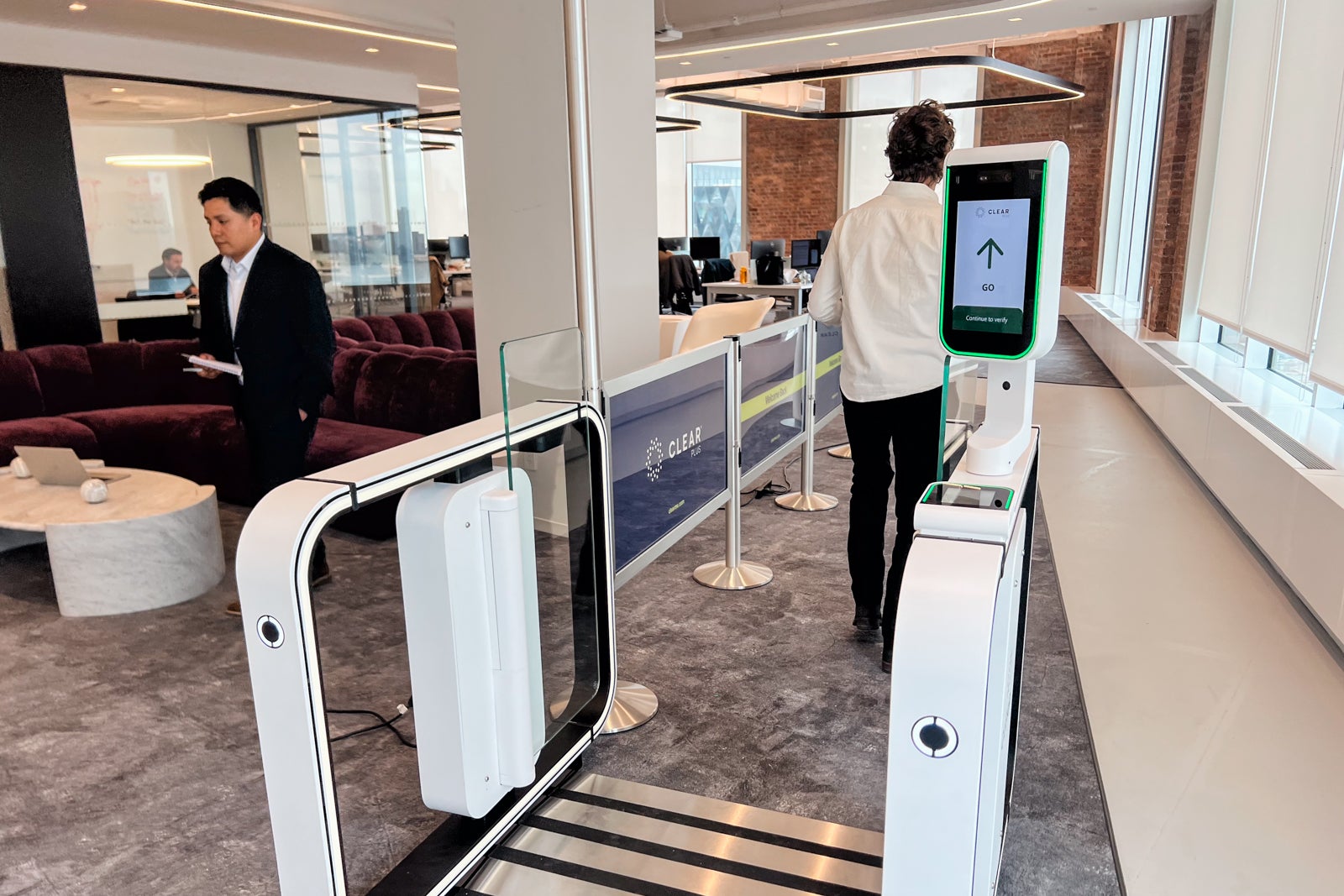
The new security machines are slowly rolling out across the country. However, they have slowed down the screening process at times because passengers are still getting used to the new systems.
Some passengers aren’t used to keeping their liquids or laptops in their bags. The automatic bin systems are a bit different, too, and they will take some getting used to — especially for infrequent travelers.
The good news is that the new machines provide more security, and as they are rolled out more widely, wait times will improve dramatically.
Biometric screening is another exciting security measure now rolling out at security lanes. Clear is also experimenting with new biometric screen gates.
All these new technologies will eventually mean a faster airport security experience for all passengers.
Related reading:
- What is Clear airport security — and is it worth it?
- Global Entry vs. TSA PreCheck: Which is more beneficial?
- I tried the TSA PreCheck Touchless ID program at O’Hare — and it’s a game changer
- 8 ways to get free or discounted TSA PreCheck, Global Entry and Clear
- Is TSA PreCheck worth it?
- Known Traveler Number program: What is it, and should you get 1?






























